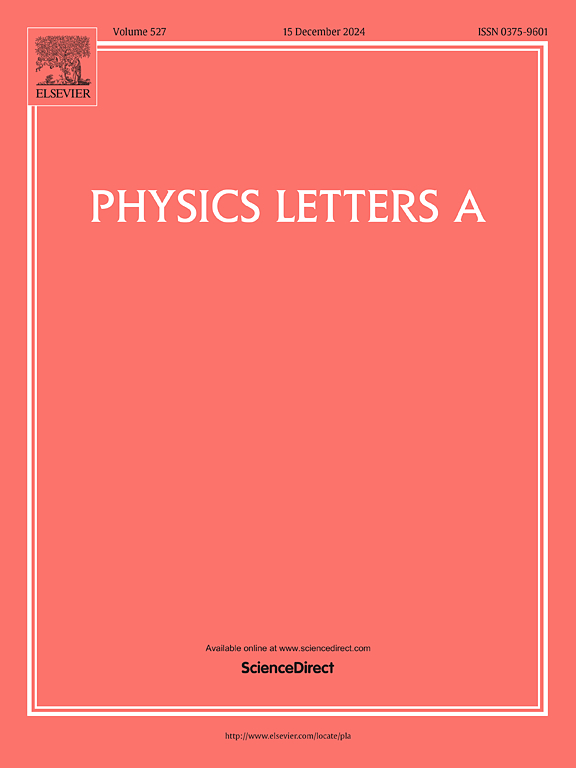Investigation of equation-of-state and melting behavior of rhodium up to 200 GPa
IF 2.3
3区 物理与天体物理
Q2 PHYSICS, MULTIDISCIPLINARY
引用次数: 0
Abstract
Equation-of-state (EOS) of face-centered cubic rhodium is studied using the moment method in statistical mechanics. Numerical calculations for rhodium metal have been implemented up to 200 GPa, and the bulk modulus and its first pressure derivative have been derived by fitting our EOS prediction with the Birch-Murnaghan and Vinet EOSs. The Vinet EOS fit yields parameters GPa and , while the Birch-Murnaghan EOS fit gives GPa and . Furthermore, the pressure-dependent melting curve of rhodium has been investigated using the Force-Heat Equivalence Energy Density Principle approach, along with the obtained and . Our theoretical melting curve shows good agreement with ab initio one-phase calculations up to 90 GPa. The theoretical melting curve of rhodium is accurately described by the Simon-Glatzel equation as .
求助全文
约1分钟内获得全文
求助全文
来源期刊

Physics Letters A
物理-物理:综合
CiteScore
5.10
自引率
3.80%
发文量
493
审稿时长
30 days
期刊介绍:
Physics Letters A offers an exciting publication outlet for novel and frontier physics. It encourages the submission of new research on: condensed matter physics, theoretical physics, nonlinear science, statistical physics, mathematical and computational physics, general and cross-disciplinary physics (including foundations), atomic, molecular and cluster physics, plasma and fluid physics, optical physics, biological physics and nanoscience. No articles on High Energy and Nuclear Physics are published in Physics Letters A. The journal''s high standard and wide dissemination ensures a broad readership amongst the physics community. Rapid publication times and flexible length restrictions give Physics Letters A the edge over other journals in the field.
 求助内容:
求助内容: 应助结果提醒方式:
应助结果提醒方式:


